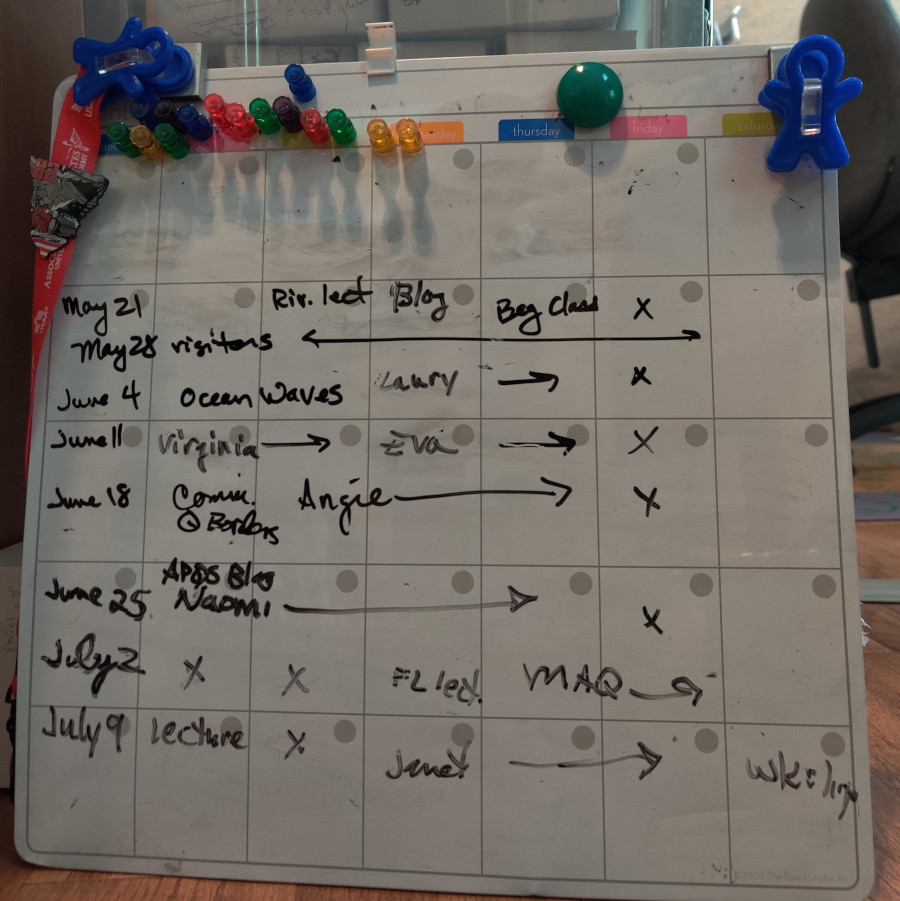Top tips for building a successful longarm business
Are you interested in starting or growing your longarm quilting business? I started quilting for others many years ago and now operate a quilting business called Special Occasion Quilts in Virginia. Over the years, I have learned many lessons about running a business in this industry. Here are some tips and tricks I like to share with quilters who are thinking about starting to quilt for others.

Build your longarm skills
- You don’t need to be perfect to start quilting for others. However, I recommend you only offer what you can confidently deliver. Don’t be afraid to turn down a quilt if it’s beyond your skill set or you don’t feel right about taking the job. After all – it’s your business and your reputation.
- Edge-to-edge designs are typically the easiest skill to learn and the muscle memory you develop will help you with free motion skills as well. Of course, a computer makes edge-to-edge designs very profitable as you can be doing other things while the computer works for you!
- Never stop practicing! It’s important to take classes and stay up to date with quilting styles by looking at quilts in magazines and at quilt shows.

Pay attention to marketing
- When you start your business, invest time and money into building a strong online presence. This should include a website, Facebook business page and Instagram.
- Social media is a powerful way to market your skills. Those who use it to their advantage can build it in a referral stream for future work. Here are some things you can do:
- Post images of your customer’s quilts (with their permission)
- Tag your customers in the post about their quilt
- Add your name and business contact info to the post so people know how to get in touch with you.
- Consider creating a loyalty and/or a referral program to your customers. For example, offer free batting or a discount if a customer refers a new customer. You could also start a program where returning customers get a discount on their 6th quilt.
- Don’t be shy about spreading the word in your community. Visit quilt shops and ask if you can leave business cards. Let everyone know you quilt for others and pass out business cards.
- Join quilt guilds and always bring a quilt or two for Show and Tell; mention that you longarm for others.
Manage you business’s money properly
- It’s important to have a good system in place for managing your new business’ income stream. Set up a system to track your income and expenses. Consider investing in accounting software to help with this.
- Charge a rate that’s fair to you and your customers. Research your area and charge the going rate, but consider giving a limited-time discount or coupon for free batting when you start out, as an incentive.
- Keep startup costs to a minimum. Don’t spend a lot of money on thread, rulers and gadgets. Get the basics – neutral thread colors, 1 or 2 rulers and a few generic pantographs. See this post about favorite pantographs.
- Consider consulting an attorney and hiring a lawyer to help you with the legalities of a business and taxes. While this will require an investment on your end, it’s important to get these things right.

Stay organized
- I learned early on that it can be easy to feel overwhelmed when you start quilting for others. One thing that I found helped me was to set consistent working hours and sticking to them. If you don’t have a customer quilt to work on, spend that time marketing or practicing your skills. Guild charity quilts are great for this and earn you a lot of goodwill from the guild.
- Set up a quilt business calendar with the days you plan to work. As quilts come in, allocate the quilt to a specific day and note specific due dates.
- Set expectations with your customer – what you will be quilting (design, thread and batting) when you expect to finish the quilt and a cost estimate. Use a work order and get their signature agreeing to what they want done.
- Think about the process you’d like customers to go through when they work with you – how will you handle programs, how do you want customers to drop off and store their quilts. Having this type of operations plan will help create order.
Take a deep breath and relax – you’ve got this!
Quilting as a business is a great way to generate income doing something you love. However, keep things in perspective! Expect your business to go in cycles of boom and bust, especially when starting out. There have been many times that I’ve thought, “my quilt business is dying!” just to have two more quilts walk in the door. Keep plugging away, focus on delivering quality and you can succeed!
Additional resources for starting a longarming business
- Article about Starting Your Own Business – A quick overview of what’s needed to start your business
- Sample Business Plan from APQS – This plan covers all the major aspects of running a quilt business. Use this as a framework and modify it for how you want to run your business.
- The Business section of the APQS forum – I started my business in 2007, before YouTube, and this forum was a game changer for me. I learned so much! There is a wealth of information out there that is still just as true today as it was fifteen years ago.



